There are places on Earth that defy description, landscapes so alien and beautiful they seem conjured from a dream. Bryce Canyon National Park in Southern Utah is one of those places. Stepping to the rim for the first time is a breathtaking moment; laid out before you is not a canyon, but a series of colossal natural amphitheaters filled with a silent army of stone spires. These are the world-famous hoodoos, and they make Bryce Canyon an unforgettable, otherworldly destination.
Unlike its grander neighbor, Zion, or the vastness of the Grand Canyon, Bryce offers an intimacy and a bizarre beauty all its own. It’s a place of vibrant color, dramatic light, and geologic wonder. Whether you’re a hardcore hiker, a casual sightseer, or an amateur astronomer, Bryce Canyon promises an adventure that is truly out of this world.
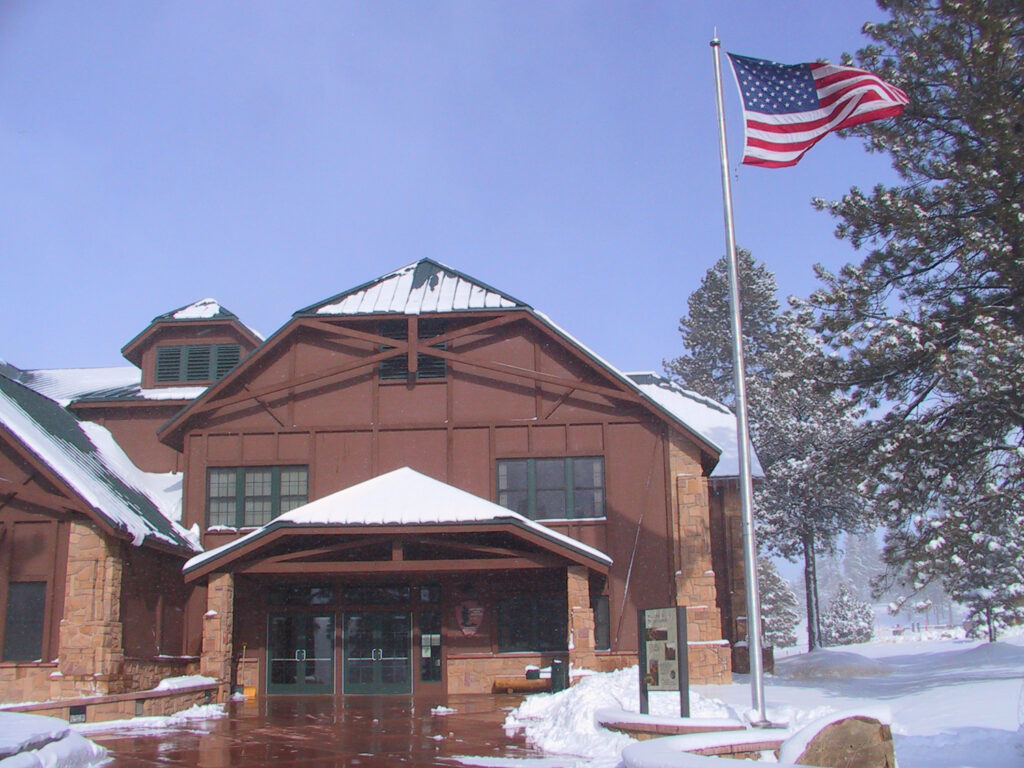
The Hoodoos: Nature’s Bizarre and Beautiful Masterpiece
The first and most important thing to know about Bryce Canyon is that it’s all about the hoodoos. These are irregular, totem-pole-like pillars of rock, and Bryce has the largest concentration of them anywhere on the planet. But what are they? Hoodoos are the result of a perfect recipe of geological forces. Millions of years ago, this area was covered by a large lake. Sediments settled, creating layers of soft limestone. Later, immense tectonic forces lifted this plateau, known as the Paunsaugunt Plateau, high into the air.
This is where the magic started. Rain and melting snow seeped into vertical cracks in the rock. In the winter, this water freezes and expands—a process called “frost-wedging”—which violently chips away at the rock. Over millennia, erosion carved out fins, then windows, and finally, the freestanding spires we see today. The vibrant reds, oranges, and pinks come from minerals like iron and manganese, painting a landscape that seems to glow from within.

Witnessing the Magic: Best Viewpoints for Sunrise and Sunset
The experience of Bryce Canyon changes dramatically with the angle of the sun. The early morning and late evening hours, when the light is soft and the shadows are long, are truly spectacular. This is when the hoodoos come alive, their colors deepening to a fiery orange and crimson.
- Sunrise Point: As the name implies, this is the premier spot to watch the day begin. The first rays of light catch the tops of the hoodoos, setting them ablaze with color while the rest of the amphitheater is still in shadow.
- Sunset Point: Offering a panoramic view over the main amphitheater, this is the classic location for sunset. The fading light casts a warm, ethereal glow across the entire landscape, and the view down into the famous “Wall Street” section of the Navajo Loop is iconic.
- Inspiration Point: This viewpoint consists of three levels, each offering a slightly different, jaw-dropping perspective of the vast sea of hoodoos. The sheer density of the formations from here is overwhelming and truly inspiring.
- Bryce Point: Known for its sweeping, amphitheater-wide views, Bryce Point is fantastic for both sunrise and for getting a sense of the sheer scale of the park.
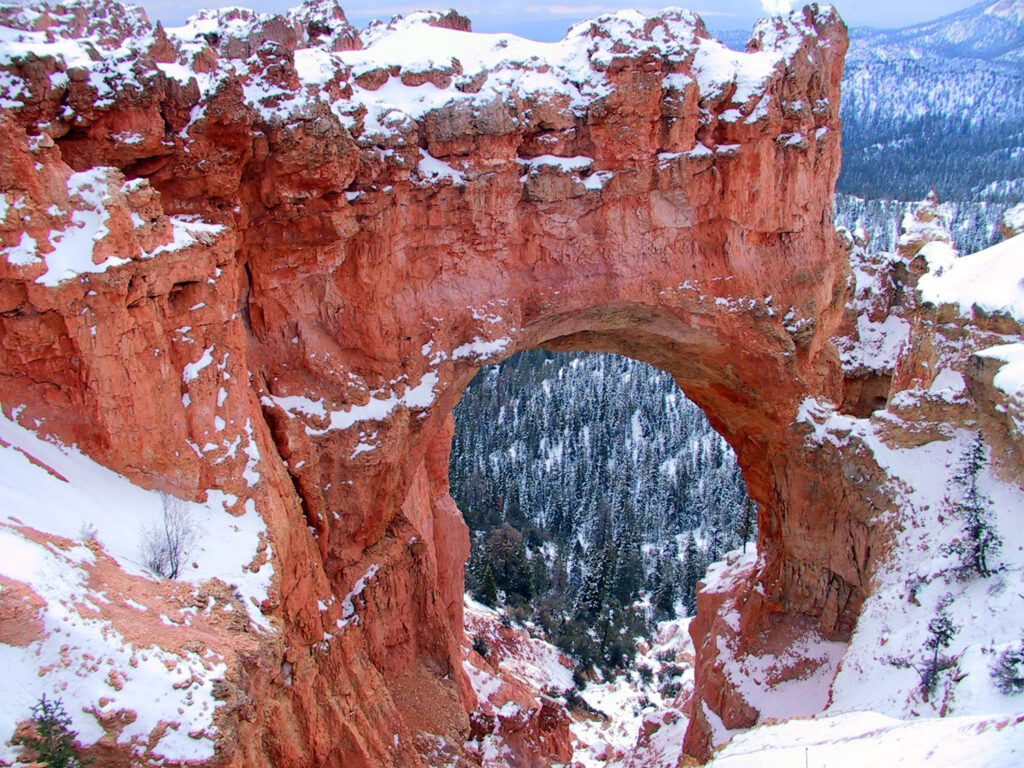
Hiking Among the Giants: Trails for Every Skill Level
While the views from the rim are stunning, nothing compares to walking down among the stone giants themselves. Descending into the amphitheater is like entering another world, where the towering hoodoos create a maze of natural corridors and silent chambers. Bryce Canyon offers trails for all abilities.
- Easy (Rim Trail): This mostly flat, paved trail connects the major viewpoints and offers continuous, spectacular views into the amphitheater without a steep descent. The section between Sunrise and Sunset Points is an easy and rewarding 1-mile walk.
- Moderate (Queen’s Garden/Navajo Loop Combination): This is the quintessential Bryce Canyon hike. At around 3 miles, this loop takes you down past the Queen Victoria hoodoo, through the dramatic, narrow slot-canyon-like walls of “Wall Street,” and back up to the rim. It’s the most popular trail for a reason.
- Strenuous (Fairyland Loop): For those seeking more solitude and a serious workout, this 8-mile loop offers incredible scenery and far fewer crowds. The constant elevation changes make it a challenge, but the rewards are immense.
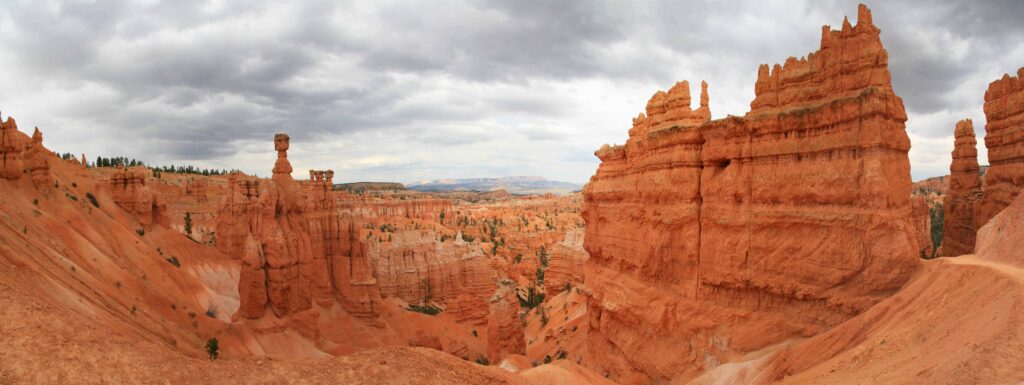
The Bryce Canyon Scenic Drive: Vistas Beyond the Amphitheater
To fully appreciate the geology of the Paunsaugunt Plateau, take the 18-mile (one-way) scenic drive to the park’s highest elevations. The drive itself has over a dozen pullouts, each offering a unique perspective. As you drive south, you leave the main amphitheater behind and gain elevation, culminating at Rainbow and Yovimpa Points, over 9,100 feet above sea level. From here, you can see for over 100 miles on a clear day, looking down on the Grand Staircase-Escalante National Monument and understanding how this entire region is geologically connected. It’s a perfect activity for an afternoon or for those with limited mobility.
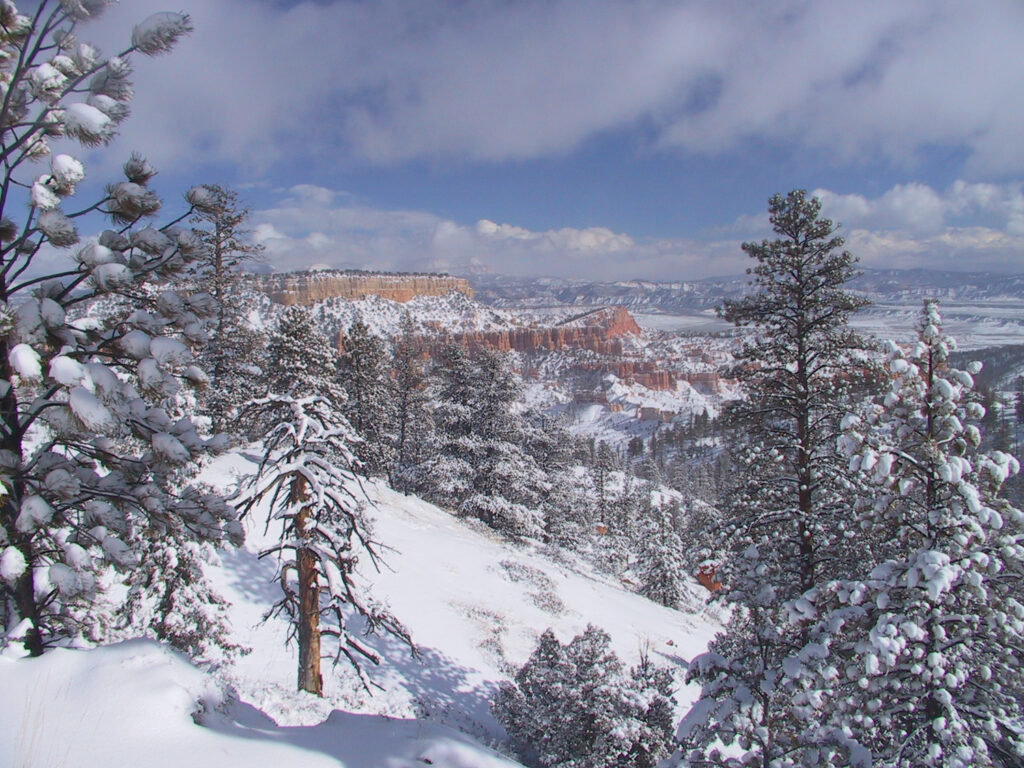
Under a Blanket of Stars: Bryce Canyon’s Legendary Night Sky
When the sun sets on Bryce Canyon, a second, equally stunning show begins. Due to its high elevation, clean air, and remote location, the park is certified as an International Dark Sky Park. On a moonless night, the sky is so dark that the Milky Way appears not as a faint cloud, but as a brilliant, teeming river of stars stretching across the heavens. The park’s “Dark Rangers” lead some of the best astronomy and stargazing programs in the entire National Park System, using high-powered telescopes to reveal distant galaxies, nebulae, and planets. It is an absolutely humbling and unforgettable experience.
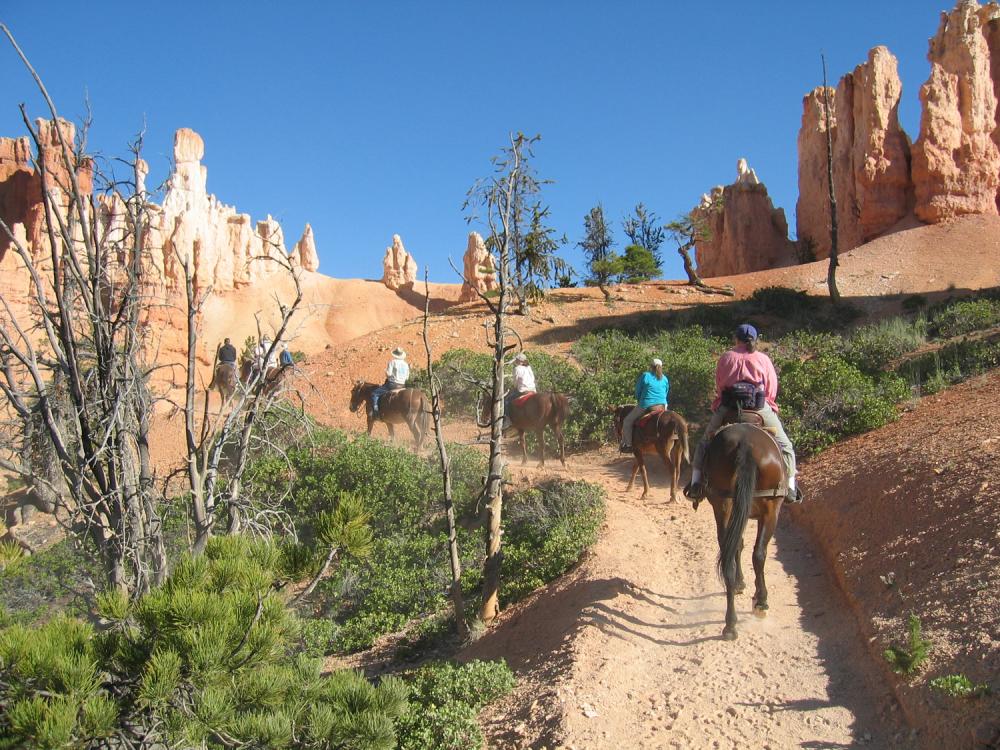
Planning Your Adventure: Essential Tips for Visiting Bryce Canyon
A little preparation can make your trip to this high-altitude wonderland much more enjoyable.
- Best Time to Visit: Spring and fall offer pleasant temperatures and fewer crowds. Summer is the most popular season but can be hot and crowded. Winter is magical, with snow contrasting beautifully against the red rock, but trail access can be limited.
- Beware the Altitude: The rim of Bryce Canyon sits between 8,000 and 9,100 feet (2,400 to 2,775 meters). Take it easy on your first day, drink plenty of water, and be aware that physical exertion will feel more difficult.
- What to Bring: Always carry more water than you think you’ll need. The air is very dry. Also essential are sunscreen, a hat, and sturdy hiking shoes. Dress in layers, as temperatures can change rapidly.
- Use the Park Shuttle: During the busy season (spring through fall), parking is extremely limited. The free park shuttle is the easiest way to get between viewpoints, trailheads, and the visitor center.
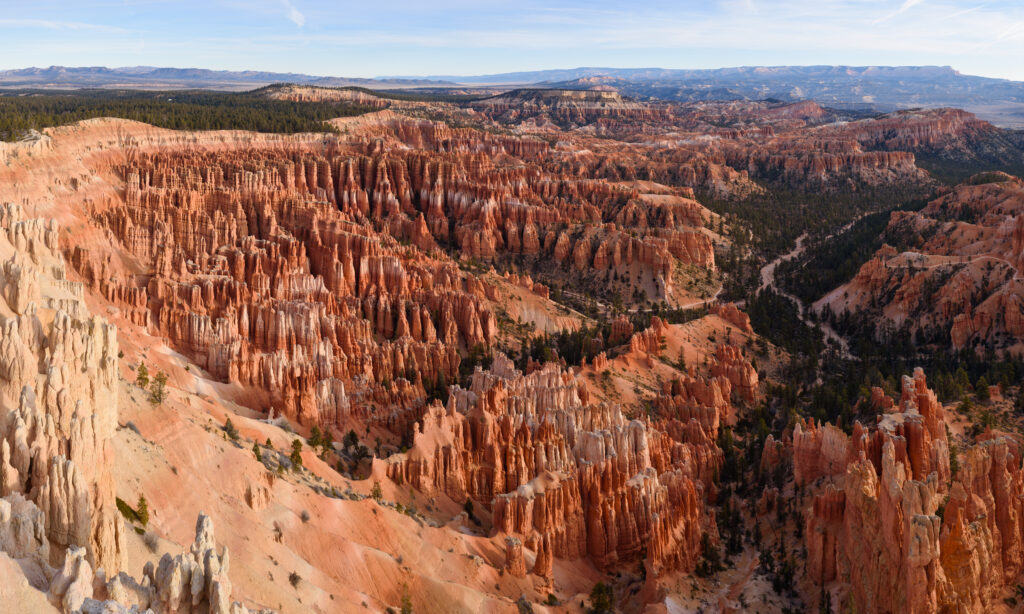
Bryce Canyon is a place of profound beauty and wonder. It’s a landscape that sparks the imagination and reminds us of the slow, powerful, and artistic forces of nature. Come and walk among the hoodoos—you’ll leave with memories etched in stone.
